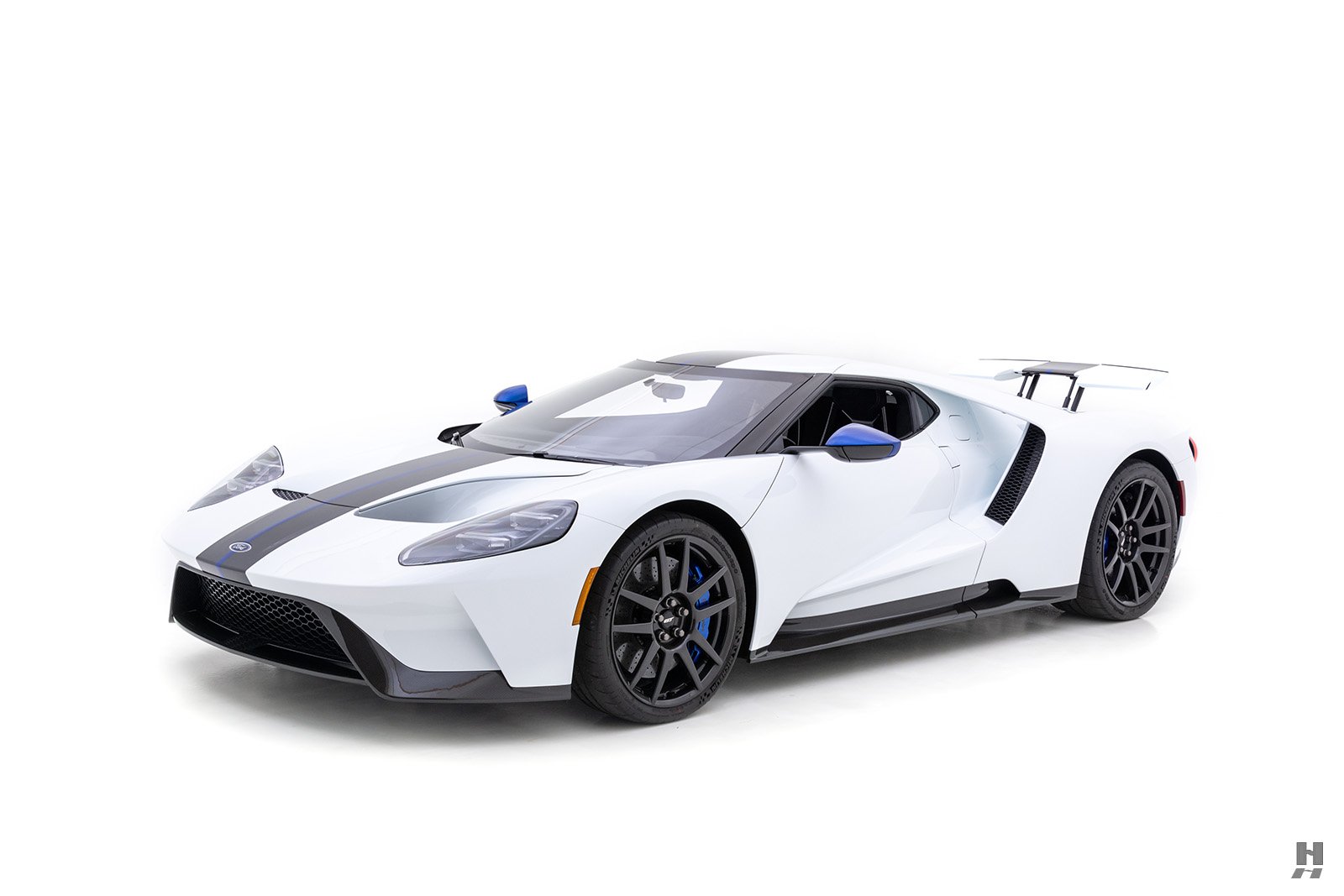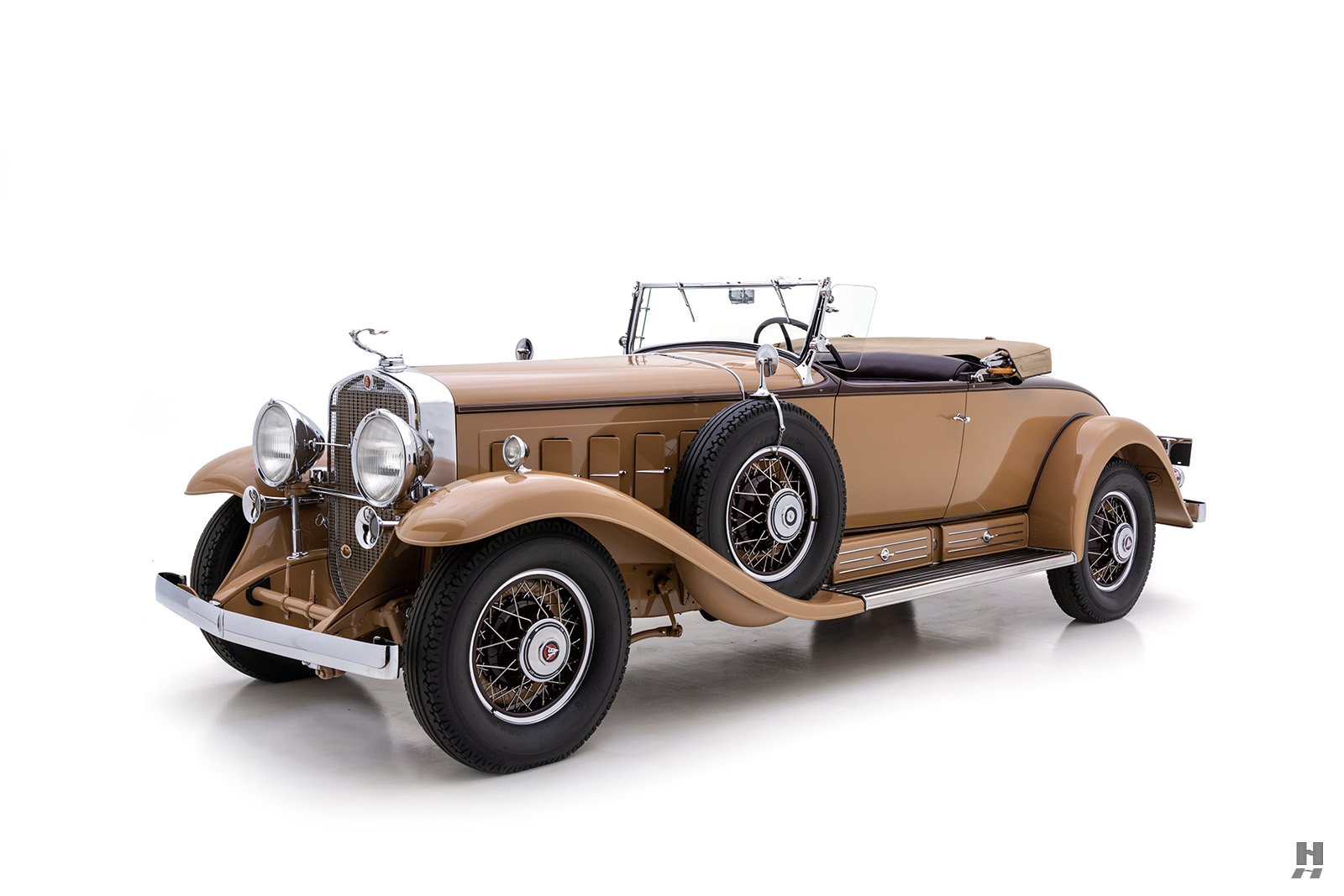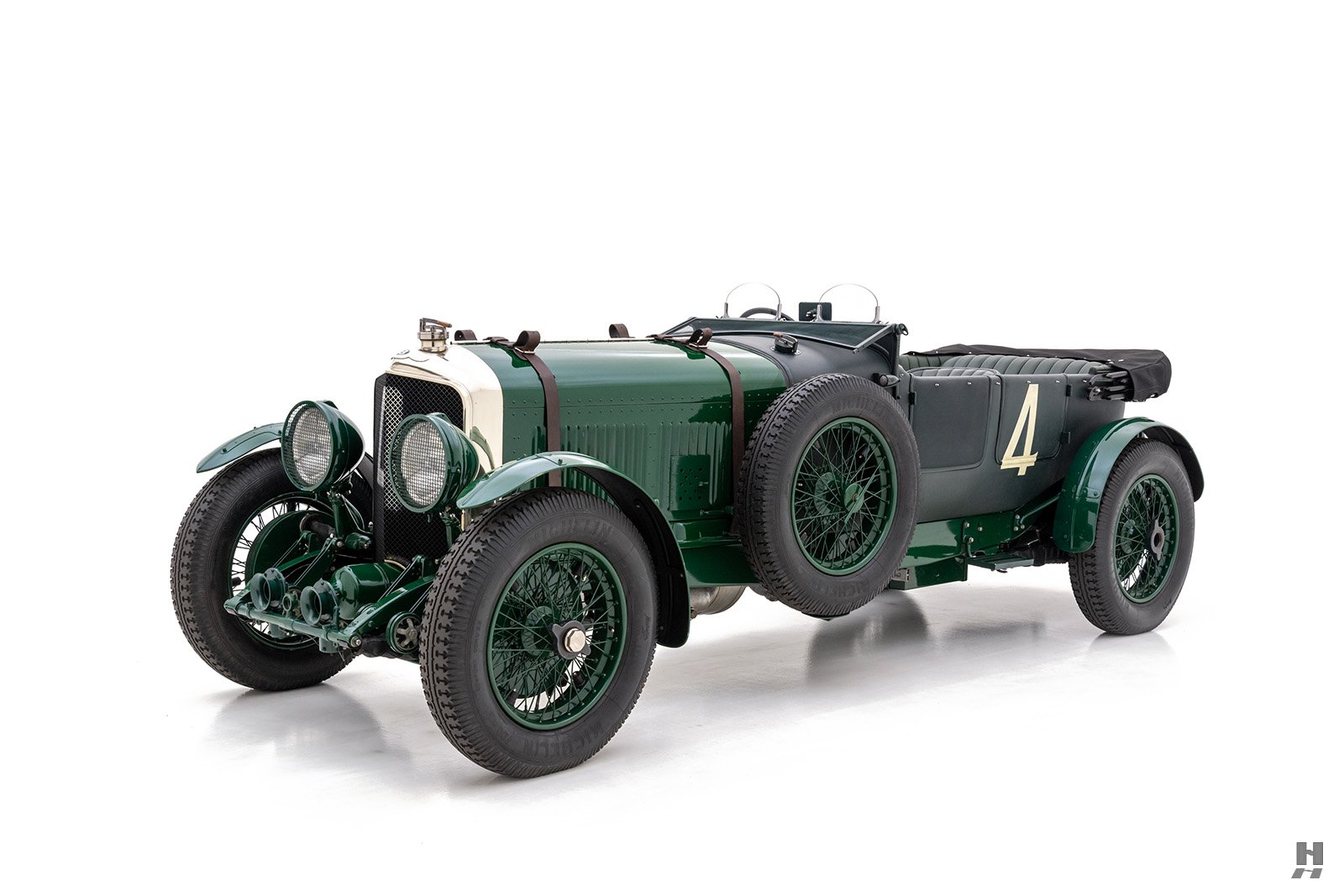In the late 1960’s Jaguar’s popular E-type was nearly a decade old and starting to feel a bit long in the tooth to sports car buyers. New safety and emissions standards from the USA forced a redesign, and newer more modern cars were starting to encroach on the Jag’s territory. Jaguar needed a complete makeover of the E-type to stay on top and that is exactly what they did. For 1972, a totally redesigned E-Type (also called XKE) hit the market. It was longer, lower, wider and roomier than the E-Type Series 2 it replaced. Body styles were reduced to two choices – a 2+2 coupe and the beautiful open two seat roadster. The basic layout remained the same, with a semi-monocoque body tub, bolt on front sub-frames, front and rear independent suspension and disc brakes on all four corners. The car was much longer and wider, with flared fenders and some of the previous E-Type’s supple curves flattened out and modernized. But the biggest news was that the twin-cam inline six XK engine was out, and in its place was a new, all-alloy, single overhead cam V12 displacing 5.3 liters and delivering 242 horsepower. While the V12 was no more powerful than the outgoing six, it exhibited incredible smoothness and seamless delivery of its 295 ft-lbs of torque. The new V12 engine transformed the E-type from a hairy-chested sports car to svelte, luxurious, high-speed GT. The new car also sported a larger, redesigned cockpit, light-touch power steering and an all-around softer nature. While it was certainly an easier car to drive and more of a long-distance tourer, the twelve-cylinder XKE was still capable of endangering your driver’s license and delivering plenty of thrills along the way... but doing it in a more relaxed, utterly British manner. The public responded positively and over 15,000 XKE’s were sold between 1971 and 1974 before the XJS took over the helm as Jaguar’s flagship sporting car.
This outstanding 1972 E-Type is a desirable, early Series III car with slim bumpers and the attractive egg-crate grille. An extensive restoration was lavished upon this car by its previous owner, with gorgeous results. Over 800 hours went into the restoration, 300 of which went toward body prep and paint work. Mechanical sorting was handled by the Jaguar experts at Donovan Motorcars of Lenox, Massachusetts. An original specification V12 was fitted at the time of restoration, though it is not the unit that left the factory installed in this car. The British Racing Green paint is lovely, particularly when paired with the classic tan leather interior, and body fit and finish is excellent, having held up extremely well since the work was performed. When the restoration was commissioned, the goal was to achieve a sound and attractive car that could be regularly driven and enjoyed. Even with that goal in mind, the car scored an impressive 91 points at a JCNA concours event in 1999. Since then, it has seen limited use and regular care. It has accrued just over 6,000 miles since the extensive restoration, and remains extremely well presented and thoroughly usable.
Many enthusiasts feel the early series III is the purest expression of the model, with its slim bumpers and small overriders. When combined with this example’s chrome wire wheels and correct profile tires, you can easily see why this iteration of the E-Type is very much in demand. Included in the sale are the original tool roll, correct convertible top boot and owner’s handbook. Blending fine cosmetics with expertly fettled mechanicals makes this an ideal choice for an enthusiast seeking an E-Type that they would be proud to show and even more proud to drive.
If you wish to complete your collection of vintage cars with a classic Jaguar Type-E, contact us today and learn more on our classic car consignment program.
Sorry this car has been sold. Are you looking to buy or sell a car like this? Contact a representative
For immediate assistance please call us at +1-314-524-6000 or please fill out the following form and a member of our team will contact you.




































